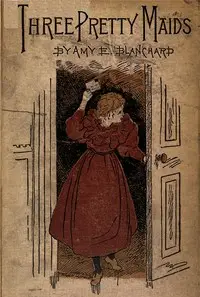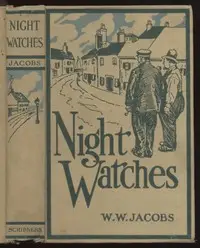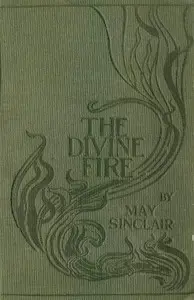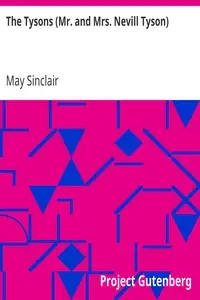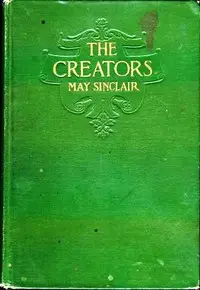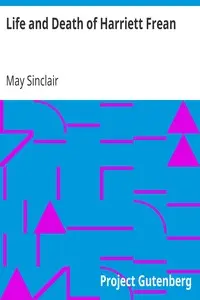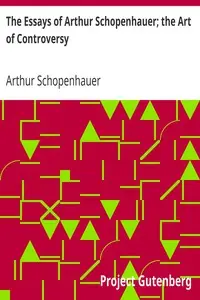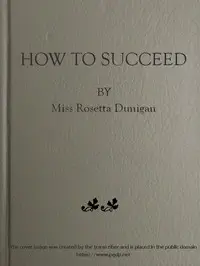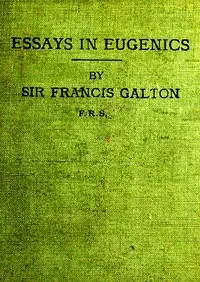"The Three Sisters" by May Sinclair is a story set in the isolated village of Garth, where three sisters, Mary, Gwendolen, and Alice Cartaret, are caught between their duties to their father, a vicar, and their own yearnings for something more. The narrative paints a picture of the sisters in quiet anticipation, each grappling with unfulfilled desires and limited opportunities, as they face the monotonous routines of their lives, notably the expected return of their father for nightly prayers. Mary embodies introspection, Gwendolen brims with restless energy, and Alice seems delicate and subdued. The arrival of a new doctor, Steven Rowcliffe, hints at a shift in their stagnant lives, promising to test the bonds of family and challenge the sisters' suppressed ambitions in a world that resists their self-discovery.
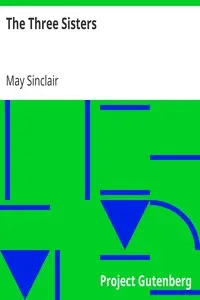
The Three Sisters
By May Sinclair
In a remote village, three sisters find their lives irrevocably altered by the arrival of a newcomer, stirring long-dormant dreams and tensions in their confined world.
Summary
About the AuthorMay Sinclair was the pseudonym of Mary Amelia St. Clair, a popular British writer who wrote about two dozen novels, short stories and poetry. She was an active suffragist, and member of the Woman Writers' Suffrage League. She once dressed up as a demure, rebel Jane Austen for a suffrage fundraising event. Sinclair was also a significant critic in the area of modernist poetry and prose, and she is attributed with first using the term 'stream of consciousness' in a literary context, when reviewing the first volumes of Dorothy Richardson's novel sequence Pilgrimage (1915–1967), in The Egoist, April 1918.
May Sinclair was the pseudonym of Mary Amelia St. Clair, a popular British writer who wrote about two dozen novels, short stories and poetry. She was an active suffragist, and member of the Woman Writers' Suffrage League. She once dressed up as a demure, rebel Jane Austen for a suffrage fundraising event. Sinclair was also a significant critic in the area of modernist poetry and prose, and she is attributed with first using the term 'stream of consciousness' in a literary context, when reviewing the first volumes of Dorothy Richardson's novel sequence Pilgrimage (1915–1967), in The Egoist, April 1918.


